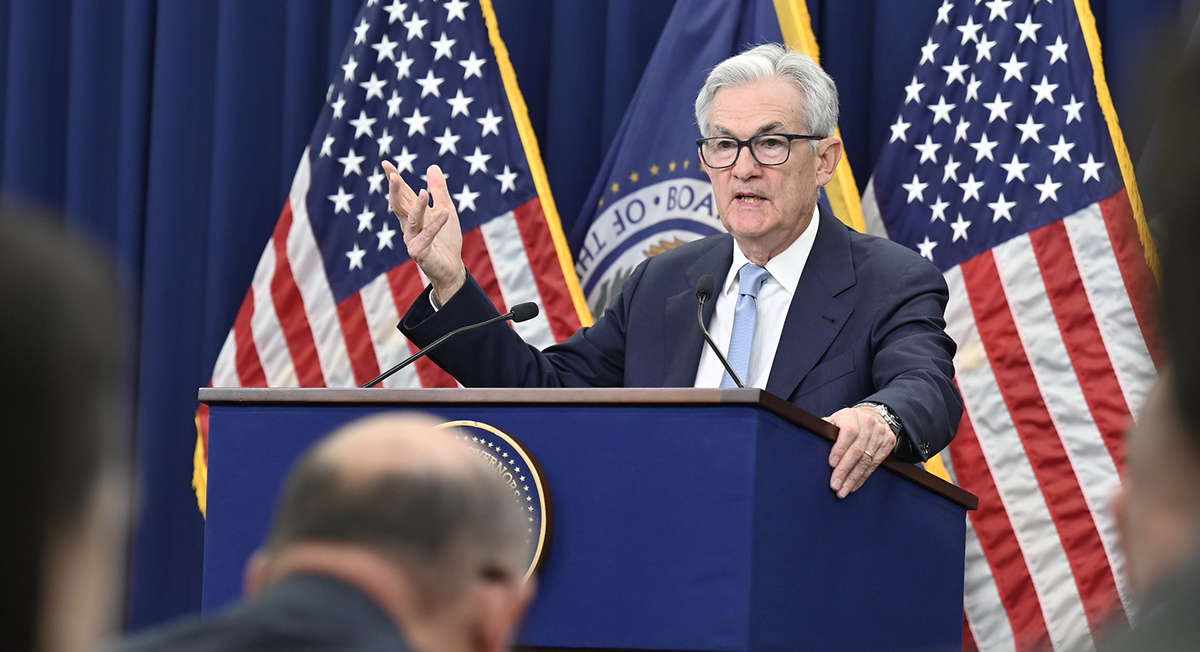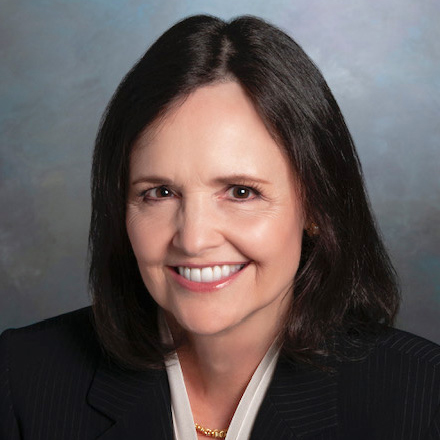Growth prospects for the economy are mixed, with recessionary fears still looming even as the unemployment rate is puzzlingly low. The worst inflation in 40 years seems to be coming down, albeit slowly and not with certainty.
Does that mean the Federal Reserve’s model is working? Yes and no, which is a problem. Worry about the Fed, and its ability to make the right decisions about monetary policy, is haunting financial markets.
Certainly the model isn’t working the way Fed policy makers thought it would. Chairman Jerome Powell announced in brusque terms in August that restoring price stability would require “using our tools forcefully to bring demand and supply into better balance.” The message was clear: Aggressive interest-rate hikes were needed. “While higher interest rates, slower growth and softer labor-market conditions will bring down inflation, they will also bring some pain to households and businesses,” Mr. Powell explained. “These are the unfortunate costs of reducing inflation.”
But if the Fed believes the price of vanquishing inflation is slower economic growth and higher unemployment, what happens when the growth numbers beat expectations and labor markets seem robust? Monthly declines in the consumer-price index may be satisfying, but it’s hard to claim the Fed’s model is working as predicted when the process for bringing down inflation doesn’t comport with economic fact.
To resolve the problem of inadequate supply relative to heightened demand—which spurred this inflation—a more rational economic solution would be to provide a stable monetary platform for productive investment, with the price of capital determined by the interplay of demand and supply. Growth, in other words, achieved through maximum employment and strong economic activity, is the answer.
Participants in the real economy are more aware of the needs and opportunities in the aftermath of the pandemic than members of the Fed’s monetary policy decision-making committee are. After all, the massive fiscal transfers through government payments provided in 2020 and 2021, including stimulus checks and unemployment insurance, are running down—and they fueled the high levels of spending that were a principal cause of inflation.
Mr. Powell encouraged the fiscal assistance at the time and seems reluctant now to criticize government budgetary actions that increase aggregate demand. The lesson should be that paying people not to work is inflationary; paying people who are working to increase supplies of goods and services isn’t inflationary.
Meanwhile, the Fed’s policy makers are too quick to dismiss the effect of interest-rate manipulation on supply. “What we can control is demand,” Mr. Powell stated in a Marketplace interview last May. “We can’t really affect supply with our policies.” But how can higher interest rates not influence the formation of new businesses or the viability of existing ones? When the cost of borrowing increases beyond what can be absorbed or passed on while remaining profitable, enterprises close down and economic output is reduced. The Fed’s formula may lead it to pursue a monetary policy that reduces supply more than it curbs demand—with worsening inflation.
None of which is to suggest that the zero-interest-rate policy that the Fed followed as recently as a year ago encouraged productive capital investment or contributed to healthy job creation. The emergency measures the Fed enacted beginning in March 2020 should have been viewed as an anomaly. Financial markets, however, were all too familiar with the Fed’s tactical responses of imposing zero rates and engaging in quantitative easing through massive purchases of government securities.
The breakneck climb to today’s range of 4.5% to 4.75% for federal funds has been strenuous, but it has improved the overall well-being of the economy by reintroducing meaningful interest rates. The nominal rate the Fed pays on reserve balances—its key policy rate—needs to be higher than the inflation rate to deliver a positive return. The current 4.65% rate is likely perceived as providing a level of compensation roughly commensurate with a 2.5% return on a risk-free asset scaled up by the Fed’s 2% target inflation rate.
Normalization after the pandemic, however, might have fundamentally changed the landscape for lenders even as it confounded the Fed’s operating model. This may explain why financial conditions began improving in the last two months of 2022 despite the Fed’s tightening. A report from the Federal Reserve Bank of St. Louis notes: “Looking toward the future, it may be important to track the correlation of the financial conditions index and the effective monetary policy rate, which have recently diverged, to predict the behavior of consumption and inflation.”
In other words, when capital is allocated through meaningful price signals that reward long-term investment in productive economic opportunities, people become gainfully employed and real growth leads to greater prosperity.
Call it the difference between normal and crazy.









